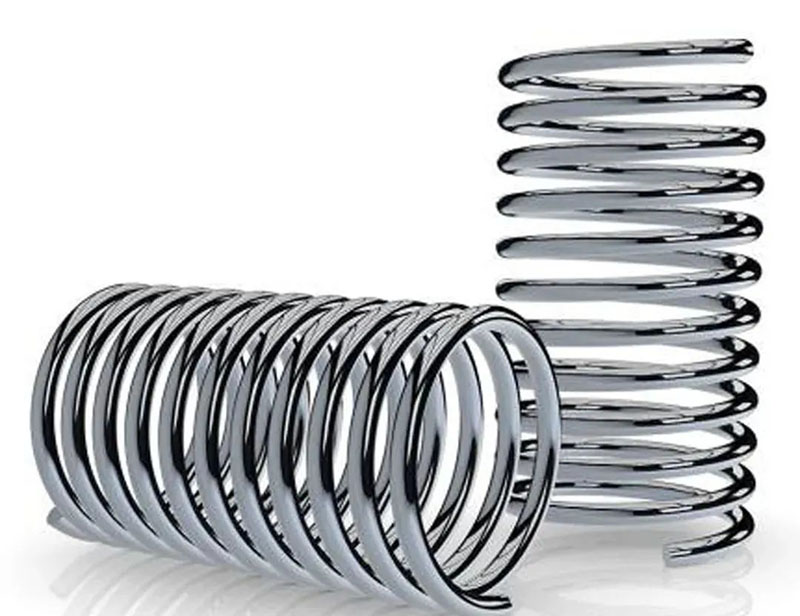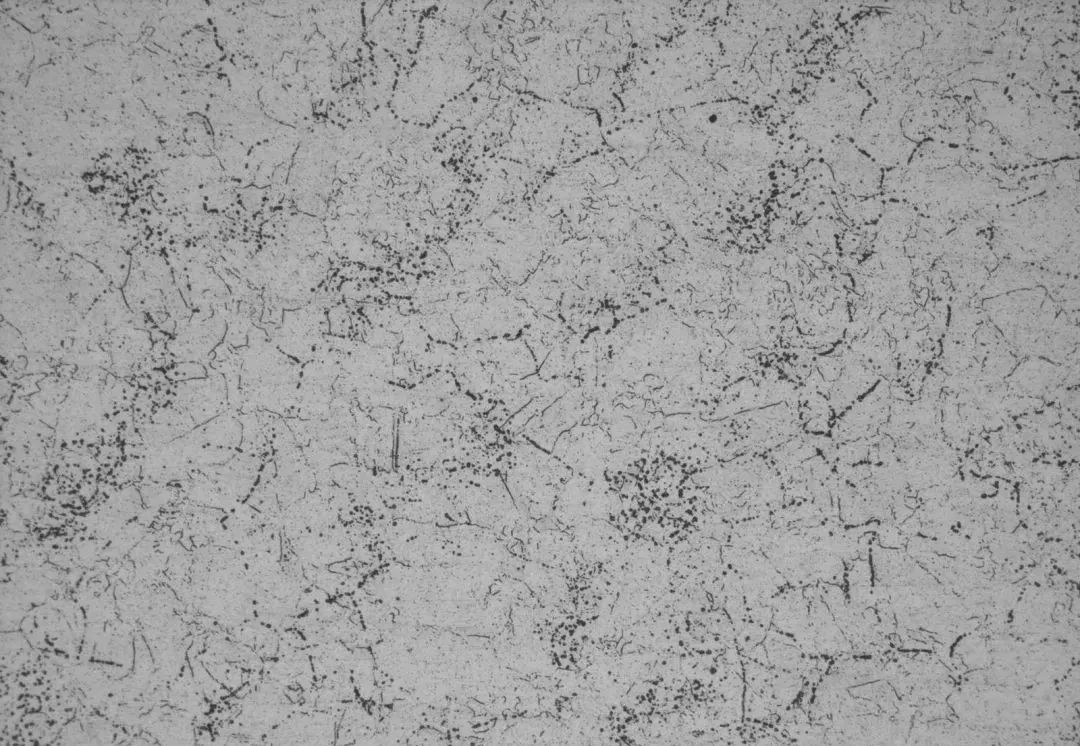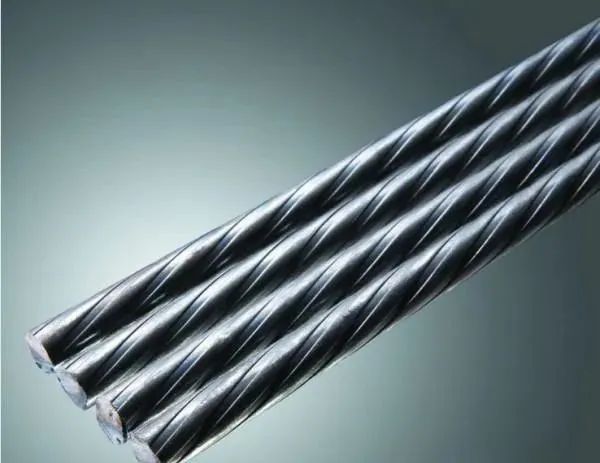Hot treatment and tensile strength
2023.03.10
01 Anti -tensile strength

Play strength (бB) is also called strength limit, refers to the maximum stress value before the material is broken. Increasing the hardness of the workpiece can effectively increase the yield and tensile strength.
Increasing the intensity should be to reduce the fire recovery temperature. Under the premise of the material determination, the method of raising the tensile resistance: 1) increase the cold speed 2) reduce the ignition temperature. Coordinate yourself.
There are generally no necessary connections between tensile strength, elongation and yield strength, which are generally determined by the nature of the material.
The smaller the more than the more, the higher the safety. The size of Qu Qiangbi depends on the design ideas. See where it is used, and how high the requirements for reliability and safety are required.
Depending on the specific use of the parts and its stress situation, flexion is better than the ability to resist deformation, but once the yield point is reached, it is easy to break. Generally, the spring material requirements are close to 1, and the bent -strong ratio is close to 1. However, the shaft \ sales requirements are about 0.5-0.8, which has good resistance to deformation, wear resistance, and good plastic toughness, so it must be determined according to actual use, material, etc.
Reduce the intensity, just make an article on the ignition, increase temperature and extend the heat insulation time, and cool with the furnace.
02 Is the tensile strength related to the grain size?

Generally speaking, the thinner the grains, the greater the tensile strength. There is a reinforcement mechanism that is fine crystal reinforcement. The strength mainly depends on the hardness. The fineness of the grain can improve the tensile strength. The thinner the grains, the greater the ability to resist deformation and broken, and the higher the tensile strength.
The grain enhancement is strengthened by the crystal world. It belongs to surface defects. The steel material is strengthened by manufacturing defects to strengthen steel.
The smaller the grains can increase the strength and toughness, the smaller the grain, the greater the flexion ratio, and the closer to 1. The smaller the grain may produce plastic loss.
Refined path:
(1) Change the solidifying conditions in the crystallization process, and increase the cooling speed as much as possible. On the other hand, adjust the alloy composition to improve the ability of the liquid metal to over -refract, increase the nuclear rate, and then obtain a refined first -born grain.
(2) Strictly control the subsequent response and re -crystallization process when performing plastic deformation to obtain a small grain tissue.
(3) Using methods such as overly saturated decomposition or powder sintering of solid solution, the second phase of the alloy is performed in the alloy to grow the grains of the matrix tissue.
(4) Fine grains through the heat circulation treatment of multiple repeated heating and cooling through the transformation of homogenous alien.
Why can fine crystal strengthen the wrong movement? This is because in a low temperature state, the tension between the crystal world is greater than the combination of grains. Sometimes we find that a certain workpiece is cracking, because the grains are broken instead of crystal grains. There is an explanation. At high temperature, the crystal world becomes fragile and easy to break, and at this time, the grains are thick and it is not easy to crack. This is that we can get fine grains at low temperatures, and some steel types used at high temperatures such as heat -resistant steel must be large grains, reducing the crystal world to obtain high high temperature strength.
Except for the scattered scores and prevent the smoothing of the scattered, the enhancement enhancement is mainly to form a common or semi -power relationship with the matrix to increase its strength.
03 How to adjust the thermal treatment and reduce the yield without downgrading?

The intensity and tensile strength are one direction, that is, both the two properties are improved by heat treatment, and both should be reduced. Strong and plastic toughness is a pair of contradictions. To improve plastic indicators, it is necessary to sacrifice the strength. Generally, it can increase the temperature of the fire or increase the recovery time to increase the plasticity and toughness.
Another point is that the material band -shaped tissue has a great impact on plasticity and toughness. When the sampling direction is vertical, the plasticity and toughness will be reduced a lot. To see if there is a band -shaped tissue.
The smaller the grains, the greater the tensile strength. This is because the number of grains with the number of grains with the number of grains, the more the relative crystal interface will be very large, and the more obstructive effects of the bit, the more they will get the more more obstacles. Strong, the tensile strength value is improved accordingly.
However, because I do n’t know the specific alloy composition, it is difficult to say that this is certain, because it is also necessary to refer to the form and performance of the second phase, such The above results may be established, but if it is hard, it depends on its distribution, whether it is a large number of gathering or small scattered, or other states.
At the same time, it should be seen that as the heat treatment status of primitive alloys, is it solid -soluble or time -effective. What is the specific system of thermal treatment? Based on the above factors, the mechanical performance of the alloy should be inferred from the gold phase organization. informational.
The yield strength σs reflects the ability of metal resistance to plastic deformation. It should be analyzed from sub -structures such as the wrong position and twin.
The tensile strength σb reflects the ability of metal resistance to break. Analysis should be started from the perspective of cracks and expansion.
If the size of the grain is reduced, the corresponding number of crystal boundaries will become more. When the bite is wrong, it will slow down the crystal world. The sliding will slow down. This should increase the yield strength to a certain extent.
Previous:Taboo taboos, be sure to remember
Next:Common defects and preventive measures in carburizing and quenching
Related Information
- Industry news
- The tap or drill bit breaks in the hole, how to fix it?
- Why do airplanes use rivets instead of welding?
- Why are engineering drawings all blueprints?
- How is a ping pong ball made? It turns out that it is made of two pieces of plas
- What to do if quality is abnormal? Doing these 3 things well is the key!
- Weekly News 9.7-9.13
- Huawei's three-fold screen is approaching, and the domestic supply chain is wait
- Innovative application of digital twin technology in integrated die-casting prod
- 5 types of carbide cutting tools, what are the differences? Save this article an
- Global manufacturing PMI in June was 49.5% | Weekly News 7.6-7.12
- Raw material defects | Machining special operations and practical cases 109
- No wonder Toyota stamping is so good: a day in the life of a Toyota stamping sho
- Analysis on the development trend and demand of China's mold industry
- How many types of sealing rings are there in machinery? What are they used for?
- Hangfa, Hangfa, a scar on the hearts of machine processing workers
- How to mill a large arc surface with a small cutter?
- Dynamics of the processing center of the process! What is the fundamental reason
- 500 ° C ultra -strong aluminum alloy! This problem is overcome
- How much do you know about the hometown of machine tools and molds, how much do

 BACK
BACK MT HOME
MT HOME Navbar
Navbar